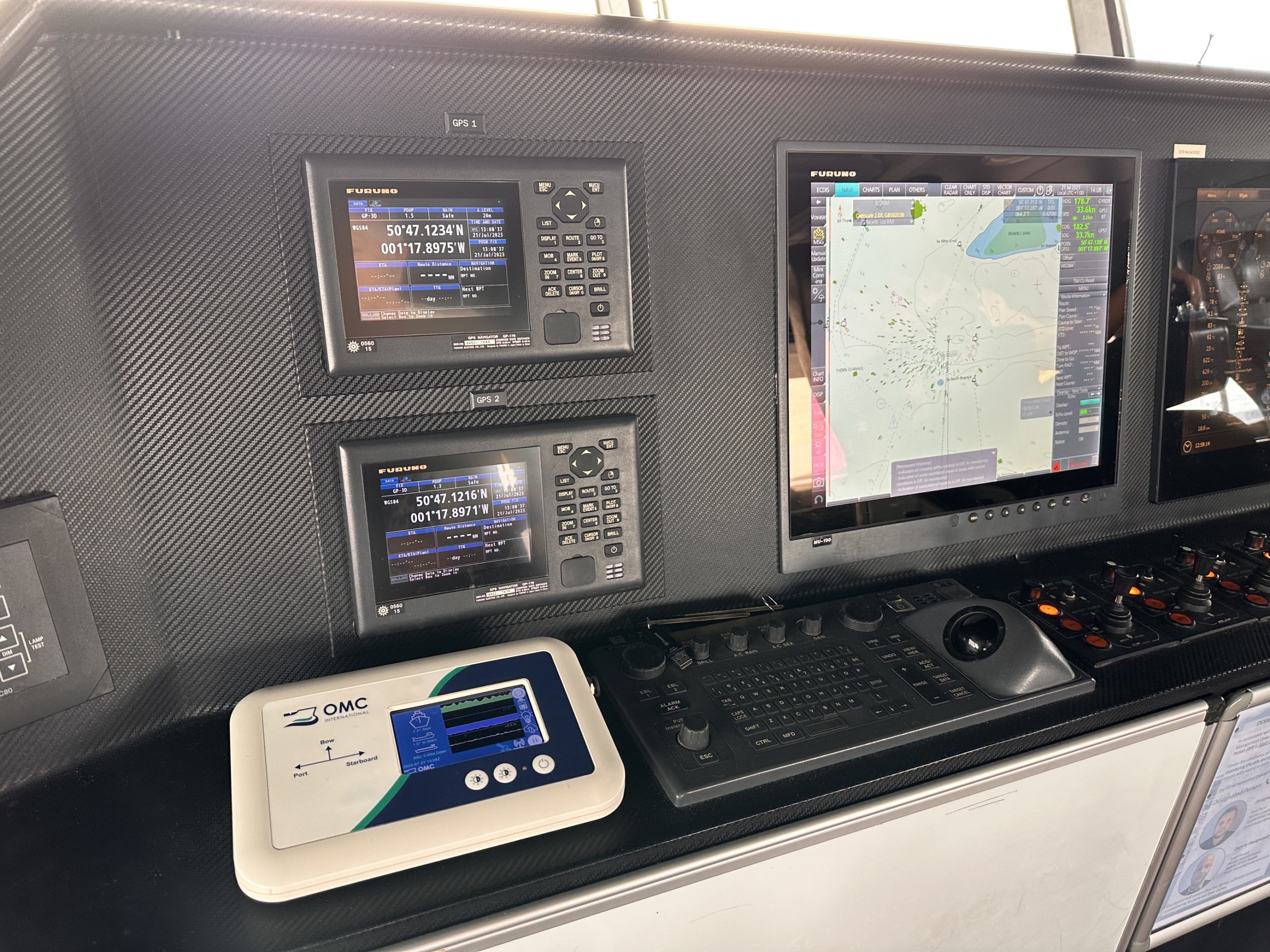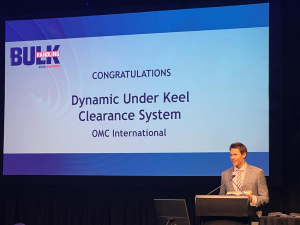iHeave v2’s roll out to sea
This year saw the full-scale deployment of OMC’s new fleet of 11 iHeave® v2 devices to ports around the Australasian region and limited release around the world. The global CAT-M1 cellular network has proven its capability to automatically send vessel measurements to OMC for analysis, with up-to-the-minute live motion display available in a port setting.
In total, approximately 560 data-days has been collected across 3 continental regions from 11 devices has been collected in the last year.
At Coasts and Ports 2023, OMC revealed our Vessel Motion Intelligence vision and our plans for the data beyond standard Full-Scale Vessel Motion analysis. This announcement of our data-driven strategy follows from the earlier IMHA 2022 introduction to the iHeave v2 series as IoT-enabled vessel motion measurement devices.
Underpinning this strategy is the “Live UKC” initiative which seeks to automate much of the processing and provide a user-accessible portal to the measurements in near real-time. Vessel data can also be aggregated as observations are received over time, enabling more precisely calibrated UKC models in addition to real-time insights for stability and alerting.
Also this year, progress was made on the “Lite” series of devices, from the smart device App and the “Live Motion” low-cost AHRS devices. These show promise, although additional verification and validation opportunities would be welcome. The hope is that these devices will provide roll and potentially vessel pitch motion measurements to augment vessel insights with large-scale data through ubiquity.
Beyond this, an enhanced version of the iHeave v2 is under development utilising wireless dual GNSS receivers similar to a PPU unit, enabling the device to collect True Heading and Rate of Turn to complement the standard roll, pitch and heave measurements. These enhancements are expected to expand the usefulness of the iHeave series for our users.
The Live UKC processing & display platform is progressing, with live data feeds from the remote devices delivering vessel-matched motion measurements in near real-time (where cellular coverage allows). Dashboard displays of the positions, speed / course and heave-roll-pitch motions have been prototyped.

